While the Russian Navy has suffered some losses in the conflict with Ukraine, including the sinking of the Black Sea Fleet's flagship Moskva, the real threat Russia poses to NATO is lurking under the sea, according to Newsweek on May 13.
Much of Russia's investment in the maritime sector has gone into its high-tech submarine fleet. "Russia has been investing massively in its underwater capabilities since 2014, primarily in submarines," former Ukrainian Navy Chief of Staff Ihor Kabanenko told Newsweek , pointing to Russia's array of new nuclear weapons.
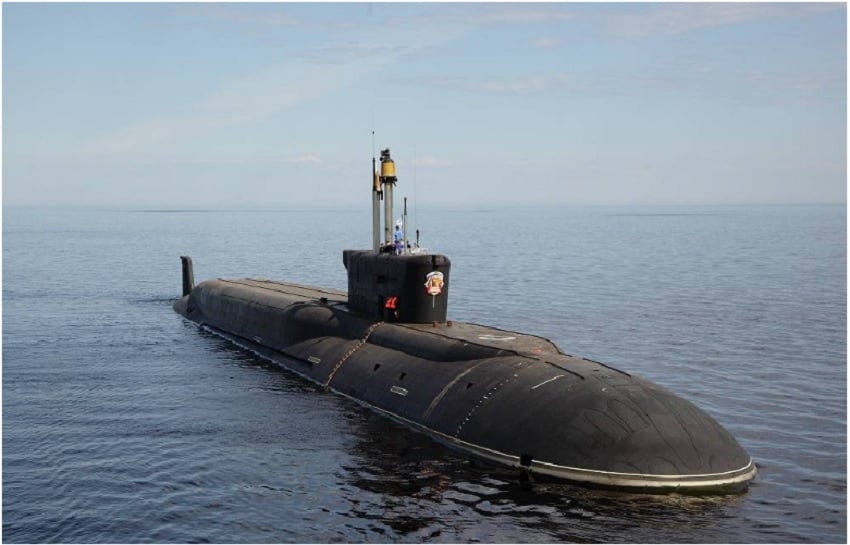
Russia's new Borei-class submarine Vladimir Monomakh
While questions remain about Russia's ability to maintain its untested underwater fleet, military circles agree that the West is clearly wary of Russian submarines, especially the 11 Borei-A class nuclear-powered ballistic missile submarines, as well as nuclear-powered cruise missile submarines like the Yasen class.
Meanwhile, NATO's anti-submarine capabilities have "declined after the end of the Cold War and attention has gone elsewhere," Nick Childs, senior fellow for naval forces and maritime security at the International Institute for Strategic Studies (IISS), told Newsweek .
Finland's entry into NATO, along with Sweden's impending membership, has brought the issue of Russian submarines into sharper focus. The entry of the two Nordic countries into NATO not only more than doubles the alliance's borders with Russia, but also threatens the security of Russia's key maritime bases.
NATO is changing and the new threat
The Kola Peninsula, where Russia has its key Northern Fleet and the bulk of its nuclear deterrent, has always been “the most important military region for the former Soviet Union, the Russian Federation today,” according to Mark Grove, a senior lecturer at the Centre for Maritime Studies at the University of Lincoln in the UK.
The Arctic region could become a flashpoint again as relations between Moscow and NATO become more confrontational. "NATO expansion, in the Russian mind, certainly raises concerns about the viability and security of those facilities, and indeed the Northern Fleet itself," Grove told Newsweek .
NATO’s inclusion of Finland and soon Sweden would bring the alliance closer to the Kola Peninsula, which could mean Russian submarine bases are within range of “potential long-range artillery,” said Graeme P. Herd, an expert at the George C. Marshall European Center for Security Studies.
Finland joins NATO, Russia warns of retaliation
The same principle applies to Russia’s Baltic Fleet, based in the Russian exclave of Kaliningrad between Lithuania and Poland. Mr Grove said NATO’s expansion in northern Europe has had a “huge impact” there, turning the Baltic into what he called a “NATO lake”.
The Russia-Ukraine conflict has changed the maritime situation not only in the Black Sea, but also in the Barents Sea around the Kola Peninsula, the North Atlantic and the Baltic Sea. These are all long-term changes with significant impacts, according to former Chief of Staff Kabanenko.
In this context, Russian submarines have been moving along “unusual routes,” as noted by British Defense Secretary Ben Wallace during a visit to Washington, DC (USA) in mid-April. He said the UK had tracked “unusual” routes of Russian submarines in the North Atlantic, Irish Sea and North Sea.
Previously, Michael Petersen, director of the Russian Maritime Studies Institute at the US Naval War College, told Newsweek that Russian nuclear-powered submarines have also been detected "off the coast of the United States, into the Mediterranean and elsewhere along the European periphery."
Asymmetric warfare
However, Russian submarines are more than just a strategic nuclear deterrent. Experts say a new submarine war is emerging, raising concerns about “seabed warfare.”
Earlier this year, Chief of the British Armed Forces Tony Radakin said that Moscow could “put at risk and potentially tap into the world ’s real communications system, which is the undersea cables that run around the world.” Speaking to The Times in January, Radakin said there had been “an extraordinary increase in Russian underwater and submarine activity” and that Moscow had “developed the ability to threaten undersea cables and potentially tap into those cables.”
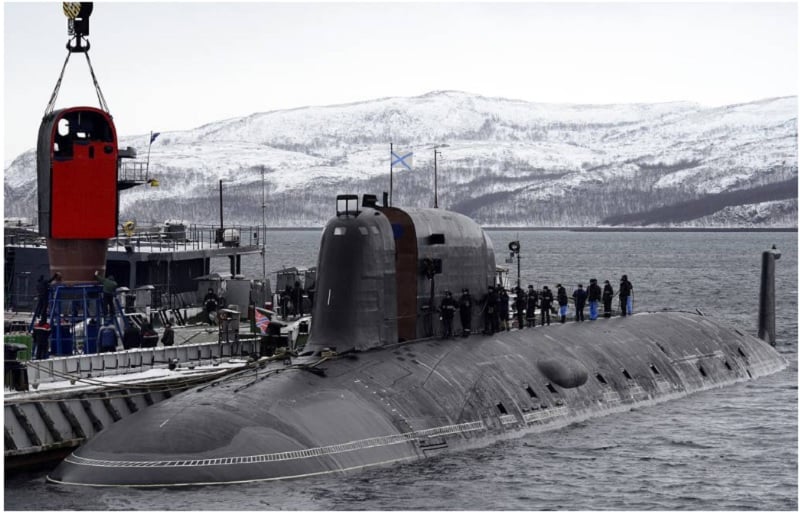
Russian Yasen-M class nuclear submarine
Similarly, British politician and expert on Russian military strategy Bob Seely argues that Russia has moved toward asymmetric warfare and is developing new capabilities that could reduce Western military superiority. One possibility is targeting undersea cables and pipelines.
Areas in the North Sea appear to be increasingly under surveillance by Russian submarines, according to Newsweek , citing Paul van Hooft, senior strategic analyst at the Center for Strategic Studies (HCSS, Netherlands).
This type of undersea warfare is an area where Russia has “invested significantly,” focusing on technologies such as special-purpose submarines, according to Childs. He also noted that it is an area where “NATO governments are recognizing that they need to invest more in countering these threats.”
“It is clear that this type of Russian underwater asymmetric activity is playing an increasingly prominent role in its strategic vision at sea,” Kabanenko said.
Secretary General Stoltenberg: NATO has changed because of the Ukraine conflict since 2014
In February, NATO Secretary General Jens Stoltenberg announced the creation of a Critical Undersea Infrastructure Coordination Body, a decision prompted by the Nord Stream pipeline explosion in September 2022 and the “vulnerability of undersea energy pipelines and communications cables.” “In response, NATO allies have significantly increased their military presence around critical infrastructure, including patrol ships and aircraft,” NATO said in a press release, according to Newsweek.
Experts say underwater warfare involving submarines, the growing use of underwater drone technology and asymmetric warfare are certainly concerns for NATO. Overall, NATO’s naval forces are “significantly more capable than Russia’s,” but anti-submarine warfare, in all its forms, is a “challenging business,” Childs said.
Source link


![[Photo] Prime Minister Pham Minh Chinh chairs meeting on science and technology development](https://vphoto.vietnam.vn/thumb/1200x675/vietnam/resource/IMAGE/2025/5/17/ae80dd74c384439789b12013c738a045)
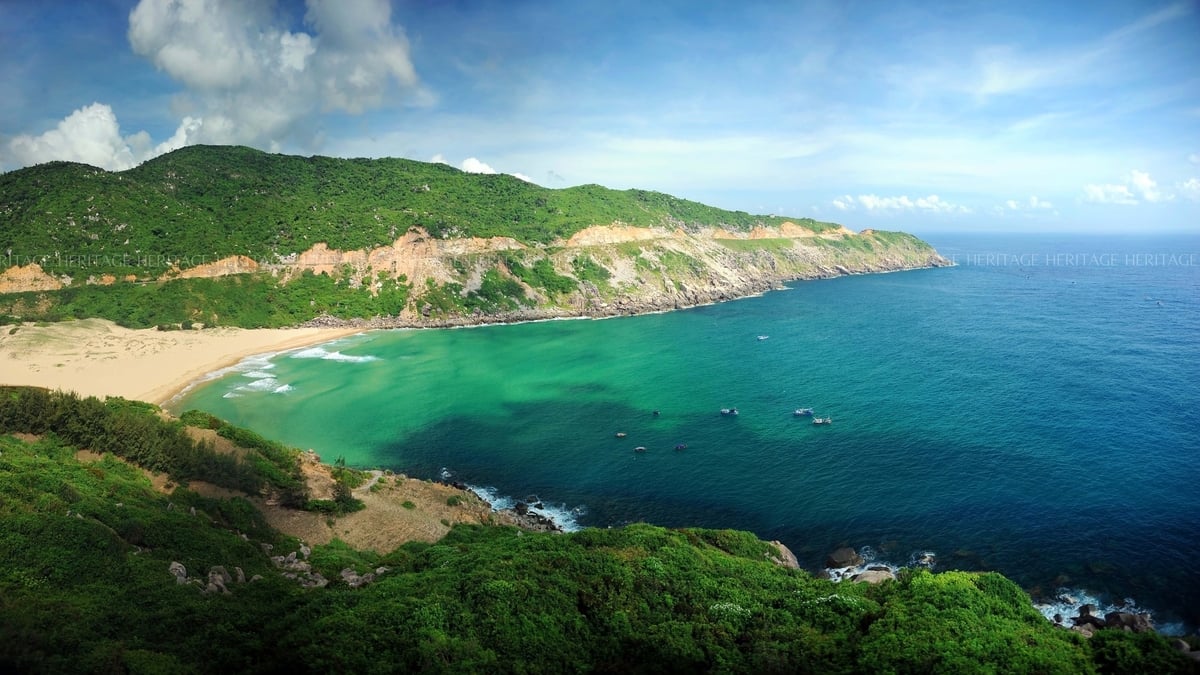
![[Photo] More than 17,000 candidates participate in the 2025 SPT Competency Assessment Test of Hanoi National University of Education](https://vphoto.vietnam.vn/thumb/1200x675/vietnam/resource/IMAGE/2025/5/17/e538d9a1636c407cbb211b314e6303fd)

![[Photo] Readers line up to visit the photo exhibition and receive a special publication commemorating the 135th birthday of President Ho Chi Minh at Nhan Dan Newspaper](https://vphoto.vietnam.vn/thumb/1200x675/vietnam/resource/IMAGE/2025/5/17/85b3197fc6bd43e6a9ee4db15101005b)

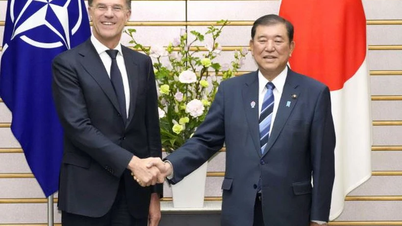

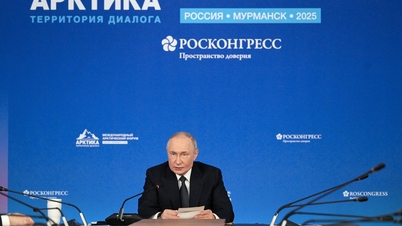


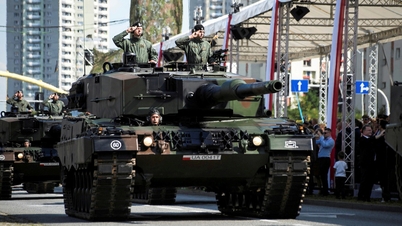
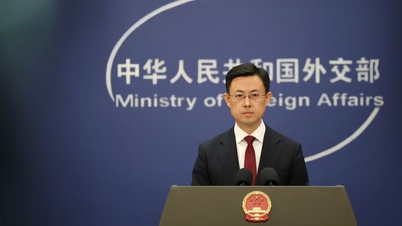



















![[Photo] Nearly 3,000 students moved by stories about soldiers](https://vphoto.vietnam.vn/thumb/1200x675/vietnam/resource/IMAGE/2025/5/17/21da57c8241e42438b423eaa37215e0e)
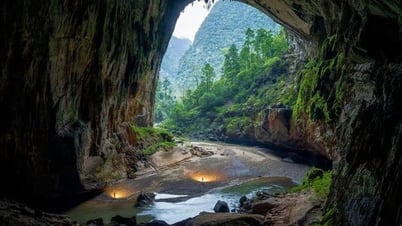























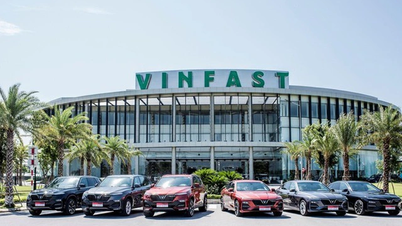













































Comment (0)